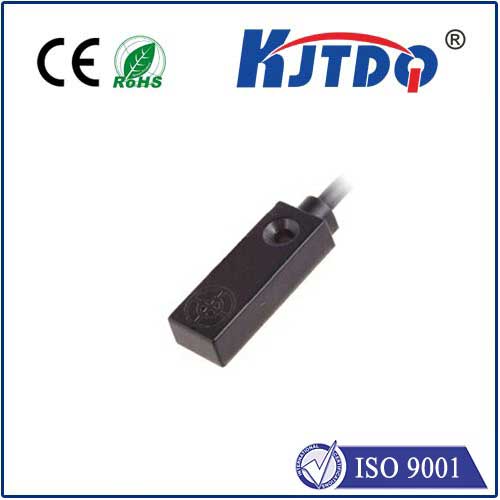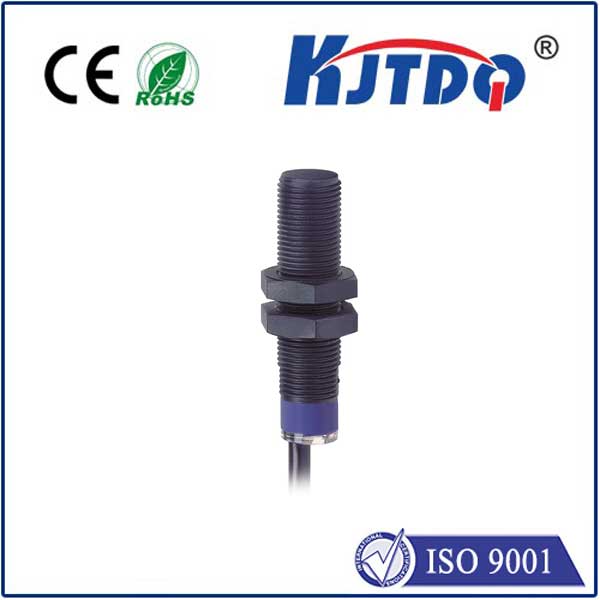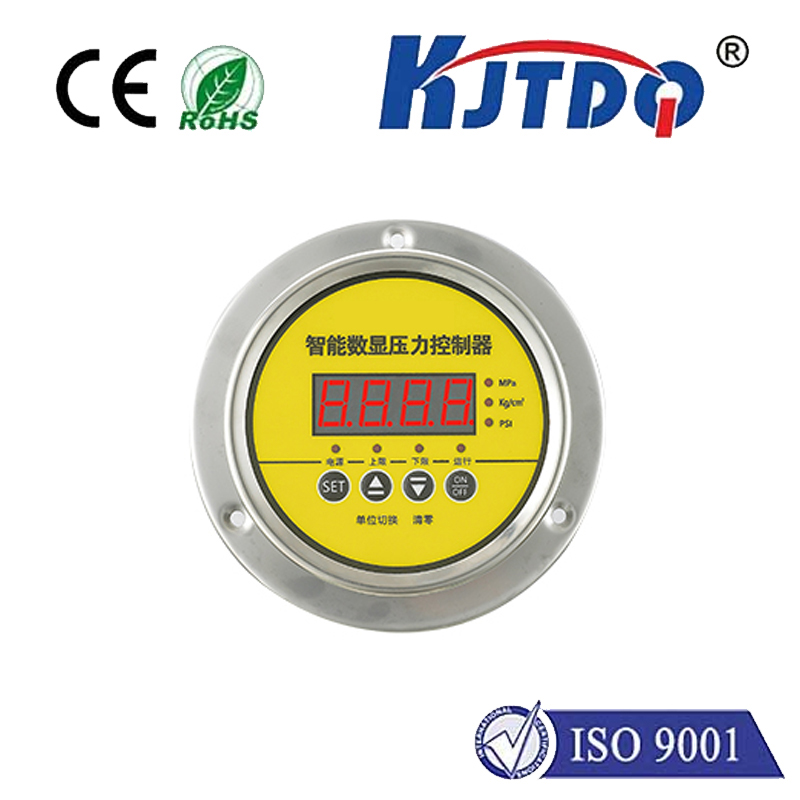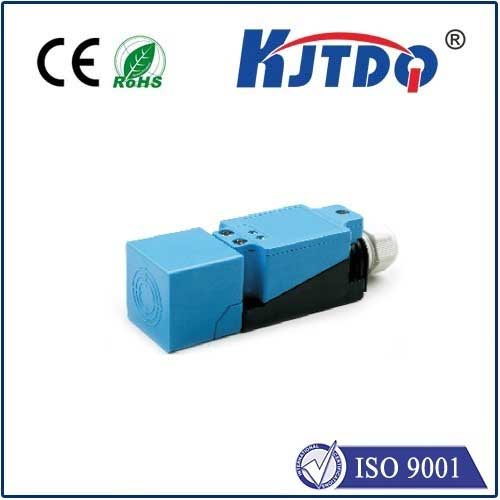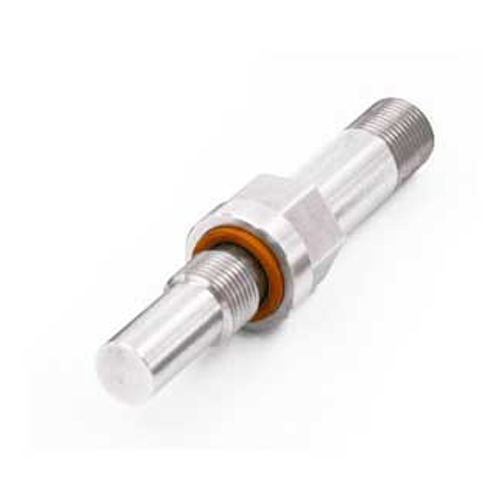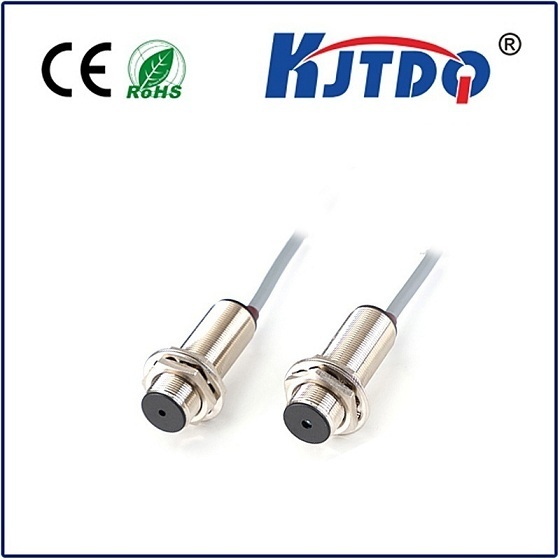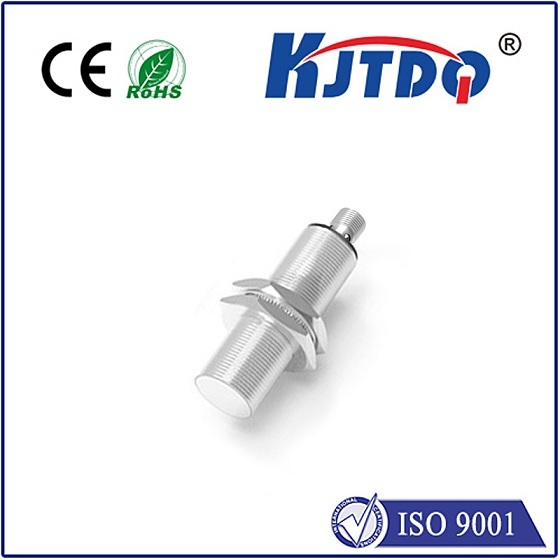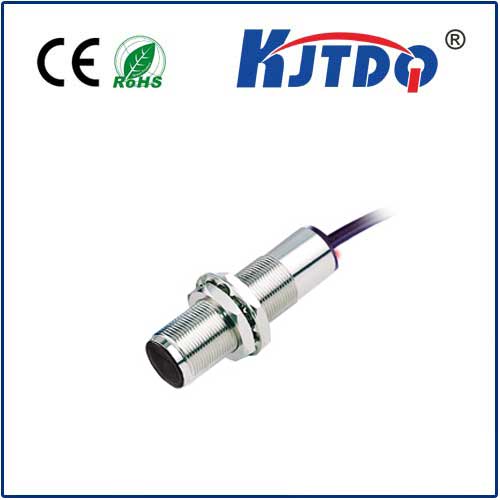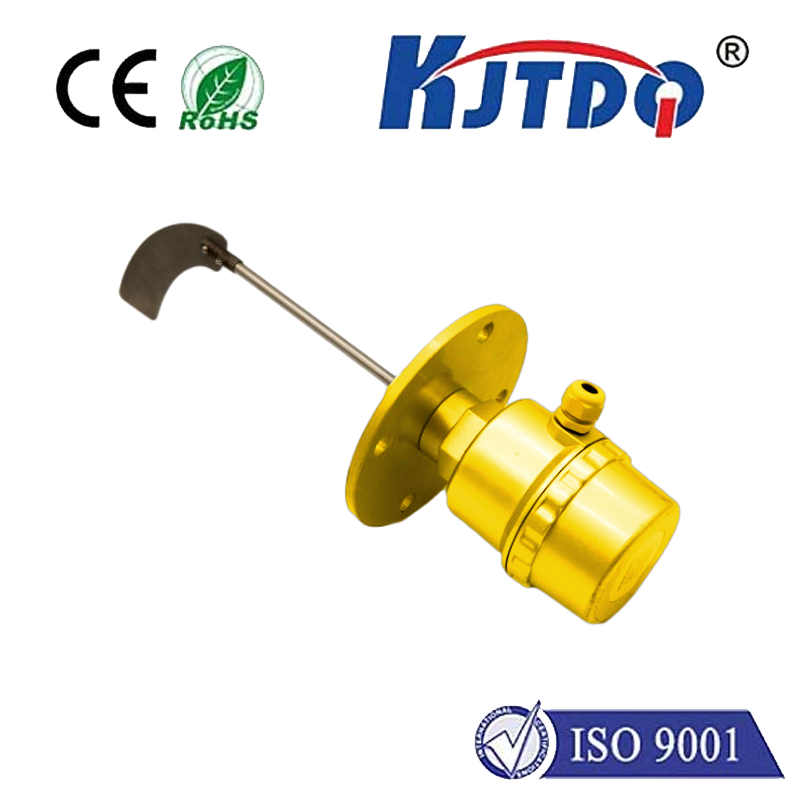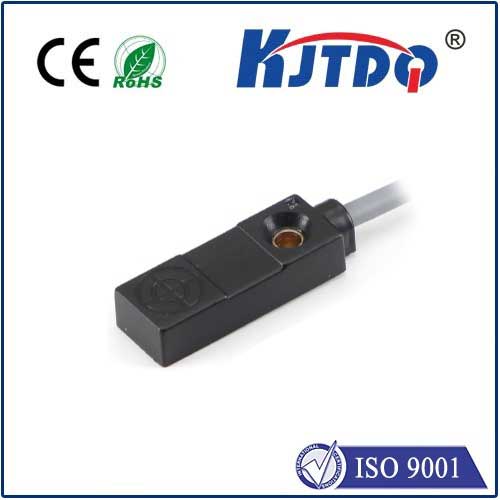BES02JU high pressure proximity sensor
- time:2025-10-01 06:39:23
- Нажмите:0
BES02JU: The High-Pressure Proximity Sensor Built for Demanding Industrial Environments
Imagine a critical hydraulic system operating deep within an offshore rig, or a powerful pneumatic press forging components under immense force. Traditional sensors falter here, crushed by the pressure or corroded by harsh fluids. This is precisely the domain where the BES02JU High Pressure Proximity Sensor proves its mettle – an unsung hero safeguarding performance and safety where standard sensors simply cannot endure. Designed for reliability under extreme stress, it’s the go-to solution when proximity detection meets uncompromising pressure.
Understanding the BES02JU’s Core Mission: Resilience Under Pressure
At its heart, the BES02JU is an inductive proximity sensor. This means it detects the presence or absence of metallic objects without physical contact, generating an electromagnetic field. When a conductive target enters this field, it induces eddy currents within the target, causing a detectable change in the sensor’s own oscillation. This fundamental principle offers significant advantages: non-contact operation minimizes wear, provides high switching frequencies for fast-moving applications, and ensures long service life.
The defining feature of the BES02JU, however, is explicitly stated in its name: high pressure resistance. Standard proximity sensors typically operate effectively under ambient pressure conditions. The BES02JU is engineered specifically to withstand significantly elevated external pressures, often encountered in:

- Hydraulic Systems: Monitoring piston position within cylinders, detecting rod end position, verifying valve spool movement inside pressurized valve blocks.
- Pneumatic Systems (High-Pressure): Tracking actuator positions in systems operating far above standard compressed air pressures.
- Oil & Gas Exploration/Production: Downhole tools, subsea equipment, high-pressure fluid handling systems where external pressures can be immense.
- Die Casting & High-Pressure Molding: Monitoring mold clamping, core puller positions, or ejection mechanisms within the pressurized confines of the machine.
- High-Pressure Testing Rigs: Verifying component position during pressure testing procedures.
Key Features Empowering the BES02JU in High-Stress Zones
What makes the BES02JU uniquely suited for these punishing environments? Several critical design elements converge:
- Robust Housing Construction: Often featuring durable stainless steel (like V4A / AISI 316L) housings, the BES02JU is built to resist physical impact, vibration, and crucially, the crushing forces exerted by high external pressures. The design ensures the internal electronics remain uncompromised.
- Exceptional Sealing: Superior O-ring seals and specialized potting techniques create a hermetic barrier. This prevents the ingress of liquids (oil, water, coolants, hydraulic fluid) and counters the effects of external pressure differentials trying to force contaminants inside or compromise the sensor’s integrity.
- Engineered Pressure Rating: This is the headline specification. While exact ratings can vary by specific variant (e.g., BES02JU-…), these sensors are typically rated for pressures significantly higher than standard sensors – commonly rated for > 100 bar (1450 psi), with some variants handling > 400 bar (5800 psi) or even higher, depending on the model and installation. Always verify the specific datasheet for the exact rating.
- Temperature Resilience: High-pressure environments often coincide with extreme temperatures. The BES02JU is generally designed to operate reliably across a wide temperature range, ensuring consistent performance whether in a cold subsea application or near hot hydraulic oil.
- Electrical Reliability: Offering standard PNP or NPN output configurations (typically NO or NC), and often protected against common electrical issues like short-circuits, reverse polarity, and voltage spikes, ensuring stable signal transmission even in electrically noisy industrial settings.
- Flush or Non-Flush Mounting: Depending on the variant, the BES02JU may offer flush mounting capability, allowing it to be embedded directly into metal without affecting detection range, which is vital for confined pressurized spaces. Non-flush versions offer longer sensing ranges.
Why Choose the BES02JU Over a Standard Sensor? The Tangible Benefits
Selecting the BES02JU High Pressure Proximity Sensor isn’t just about meeting a spec; it’s about achieving operational excellence in challenging conditions:
- Enhanced System Reliability & Uptime: Failure in a high-pressure zone often means catastrophic leaks, system shutdowns, and costly downtime. The BES02JU’s robust construction dramatically reduces the risk of sensor failure under pressure, maximizing production uptime.
- Повышение безопасности: Reliable position detection in high-pressure systems is frequently tied to critical safety interlocks. Knowing the BES02JU can withstand the environment provides confidence in safety system integrity.
- Reduced Maintenance Costs: The combination of non-contact sensing, robust seals, and durable housing significantly extends the mean time between failures (MTBF), lowering replacement and maintenance expenses.
- Process Optimization: Accurate and reliable position feedback is essential for precise control of hydraulic and pneumatic actuators under pressure. The BES02JU enables tighter process control, improving product quality and consistency.
- Versatility Across Demanding Applications: From deep-sea robotics to heavy forging presses and high-pressure chemical processing, the BES02JU offers a proven solution across diverse industrial sectors facing pressure challenges.
Меры предосторожности
To maximize the effectiveness of your датчик приближения высокого давления, consider these points:
- Precise Mounting: Ensure correct alignment with the target and adhere strictly to the specified mounting depth and any recess requirements for flush-mount variants. Incorrect mounting can drastically reduce sensing distance or cause damage under pressure.
- Electrical Compatibility: Match the sensor’s output type (PNP/NPN, NO/NC) and voltage rating (e.g., 10-30V DC) precisely to your control system input requirements.
- Environmental Factors: While built for pressure and harsh conditions, confirm its suitability for specific surrounding media (e.g., chemical compatibility), ambient temperature range, and any potential exposure to strong magnetic fields.
- Pressure Rating Verification: Crucially, always cross-reference the specific part number (e.g., BES02JU-…) against the manufacturer’s datasheet to confirm its exact high pressure rating and any other limitations (like dynamic vs. static pressure tolerance).
Conclusion-Free: The Indispensable Role in High-Stakes Industry
The BES02JU High Pressure Proximity Sensor embodies engineering designed not just to function, but to endure. In the relentless environments of hydraulics, pneumatics, oil fields, and heavy manufacturing, where pressure isn’t just a condition but a constant adversary, this sensor stands as a reliable sentinel. By providing unwavering detection capabilities precisely where failure is not an option, the BES02JU ensures processes run smoothly, machinery operates safely, and productivity remains uncompromised – proving that sometimes, the most critical components are those built to withstand the greatest forces.

